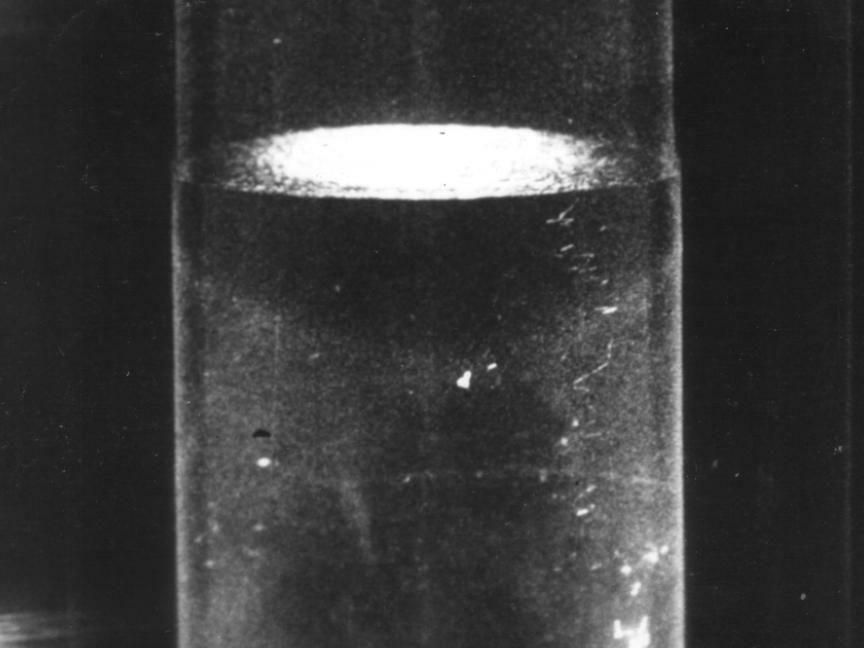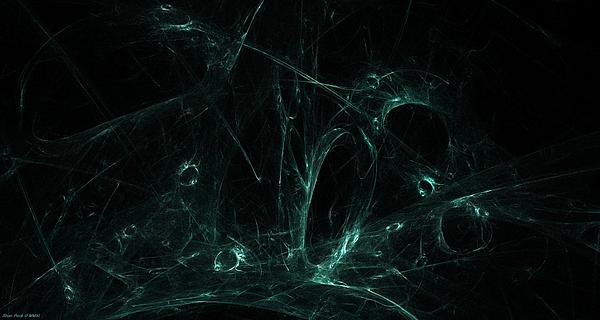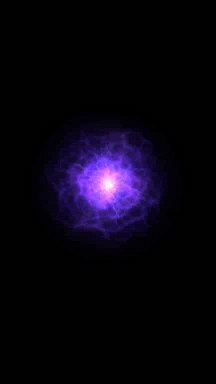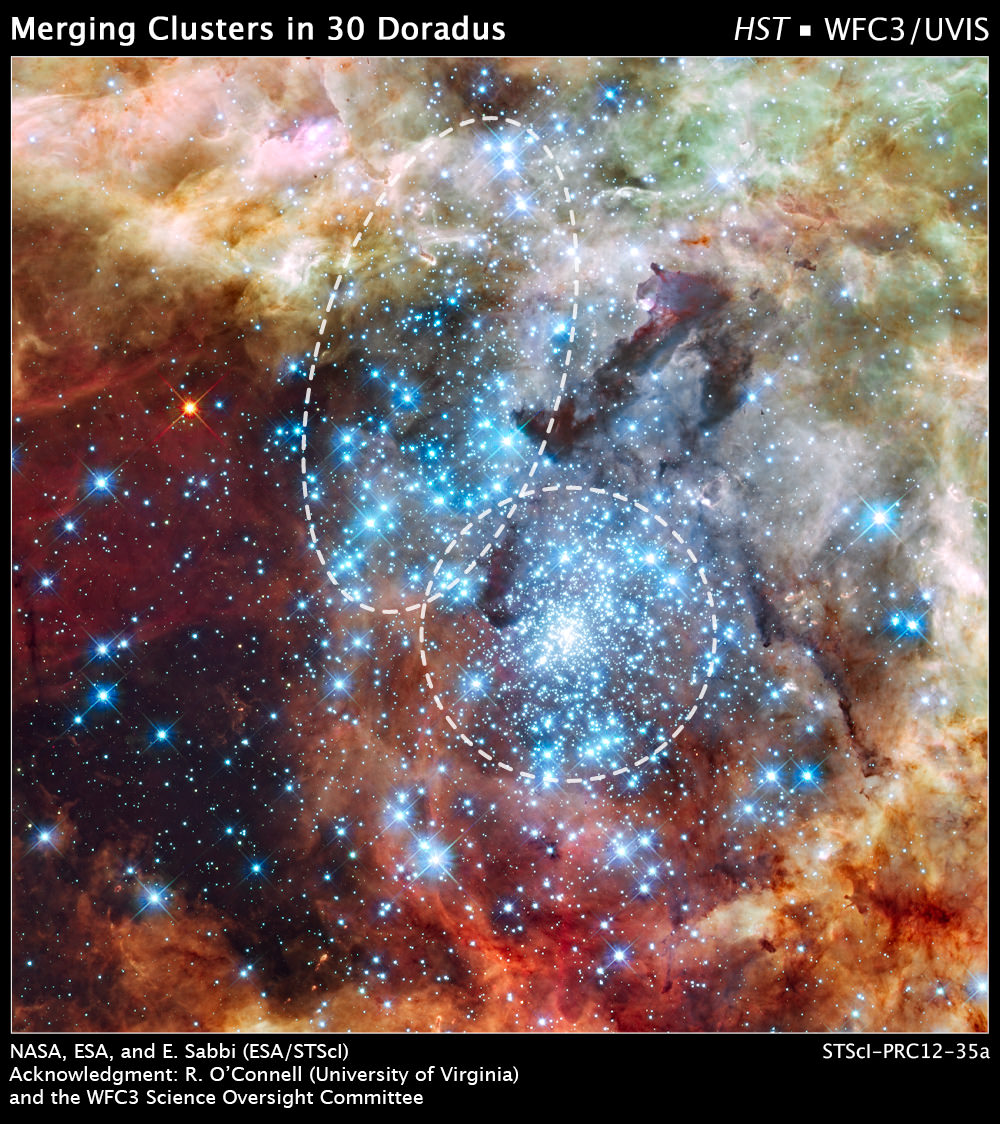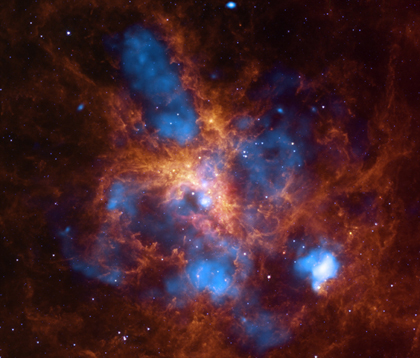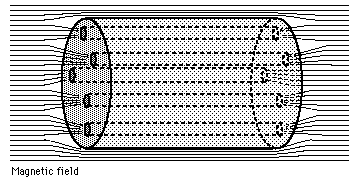The planck scale quantum foam bubbly frothy fabric, presumed to fill the vacuum in outer space, has been proven again to not be real. Practically all quantum gravity theories requires the existence of the quantum foam to unite quantum mechanics and general relativity. Without the quantum foam, quantum gravity is extremely seriously refuted, and the big-bang gravity theories suffer another substantial blow with nothing ever to show.
Robert Nemiroff of Michigan Technological University finds by studying gamma ray bursts, that
space is smooth, not foamy.
 |
| there's no such thing as a space fabric foam |
 |
| there is no bending of gamma rays proving the quantum foam is phony |
The paths of gamma rays traveling for billions of years in outer space would bend, rather than be found traveling straight, if the phony quantum foam actually filled outer space. Quantum gravity is phony science, and the lack of the planck scale only further proves that electromagnetism is shaping and ruling the universe.













